DIFFERENT DRUMMER
JIM GORDON WAS AMONG THE MOST GIF TED AND ADMIRED MUSICIANS OF HIS AGE, THE KING MIDAS OF GROOVES. BUT WHEN HE DIED IN MARCH THIS YEAR, HE WAS ALMOST SOLELY KNOWN AS THE TORMENTED KILLER OF HIS OWN MOTHER. IN THIS EXTRACT FROM A STARTLING NEW BIOGRAPHY, JOEL SELVIN MEASURES HIS GENIUS AND LOCATES A FATEFUL TURNING POINT IN HIS STORY: “VOICES IN HIS HEAD THAT HAD BEEN MURMURS WERE GROWING LOUDER…”
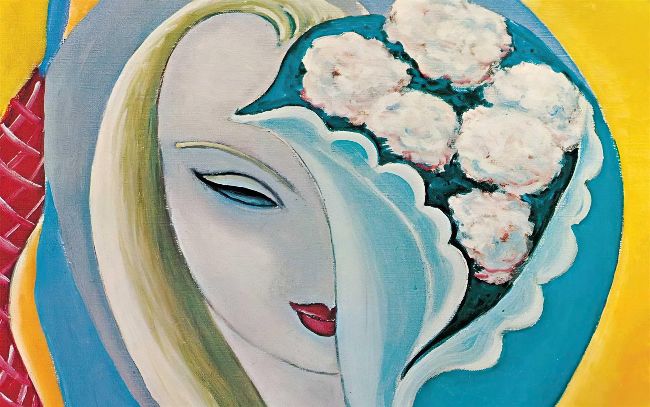
PORTRAIT BY BRIAN COOKE .
PROLOGUE
TEN YEARS INTO HIS DRUMMING CAREER, JIM Gordon was at the peak of his powers. His scintillating Latin groove to Rikki Don’t Lose That Number would soon be propelling Steely Dan into the Billboard Top 5 – and it was just one of many recent Jim Gordon-powered hits. There was Gordon Lightfoot’s Sundown, Maria Muldaur ’s Midnight At The Oasis, Carly Simon’s You’re So Vain. And Derek & The Dominos’ epic Layla, on which Gordon had played dr ums and piano and scored a co-writing credit.
Gordon was the dr ummer other dr ummers wished they could be – at once militarily precise, musically intelligent and wildly imaginative. Raised in the San Fernando Valley, he’d come of age under the wing of the Wrecking Crew’s Hal Blaine, playing on Pet Sounds, Good Vibrations, River Deep – Mountain High and Wichita Lineman. In his pomp, he’d exasperate producers by tuning each constituent of his ever-growing kit painstakingly, but was as impatient with bandmates as he could be inspiring (in 1971, derisively offering to tune Eric Clapton’s guitar, he’d effectively ensured the dissolution of the Dominos). Yet the incredible, varied, signature beats he conjured, in the studio and on the road, for the Everly Brothers, Delaney & Bonnie, Traffic, George Har rison, John Lennon, Harr y Nilsson and more, drove the speakers in hundreds of thousands of hi-fis.
Meanwhile, he fought to conceal the illness he’d battled since childhood. Bandmates noted bouts of anger and paranoia, and an appetite for alcohol and dr ugs, including heroin, that was prodigious even in their circle, but there were occasional signs that there was more amiss. One night, on Joe Cocker/Leon Russell’s 1970 Mad Dogs & Englishmen tour, Gordon had assaulted his then-girlfriend Rita Coolidge. Later that year, in London, he’d come at another girlfriend, Chris O’Dell, with a kitchen knife, as if possessed. In mid ’73 he’d savagely beaten his wife of less than six months, Renée Ar mand, hurling bizar re accusations of witchcraf t. Somehow, these incidents had gone unreported, their underlying causes unconfronted. But, as Joel Selvin picks up the stor y, things were at last beginning to unravel…
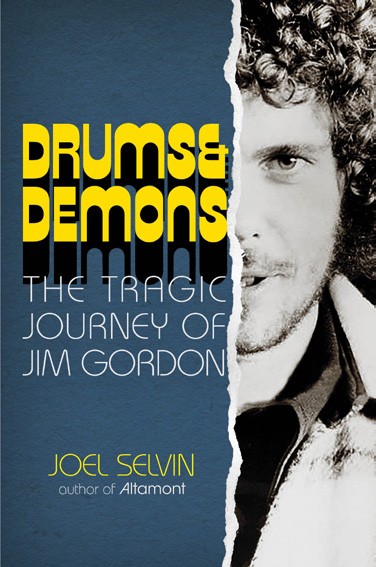
Joel Selvin’s new book.
Brian Cooke/Getty
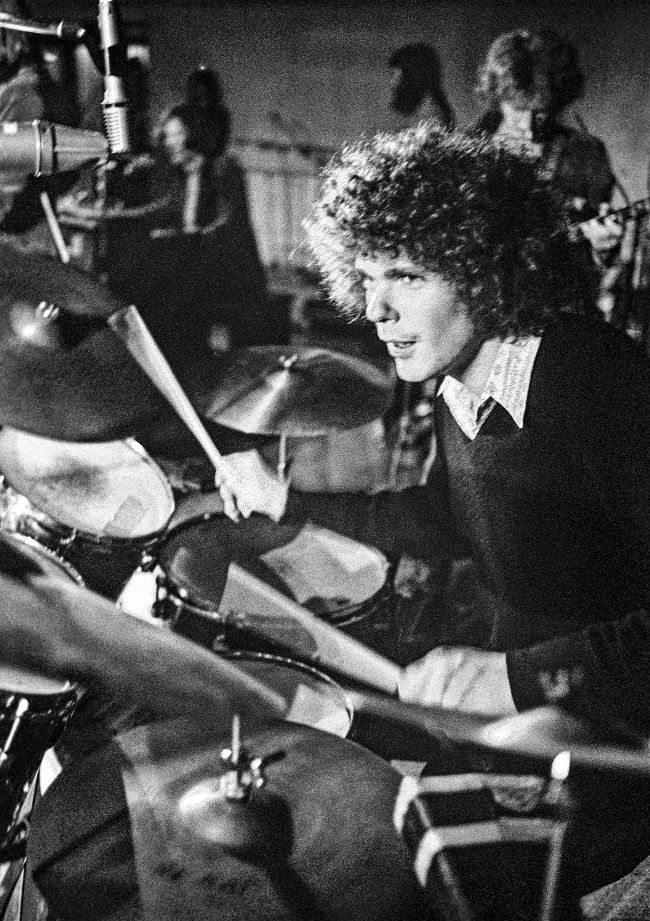
Rhythm king: Jim Gordon in Traffic, rehearsing at Fairfield Halls, Croydon, south London, June 6, 1971;
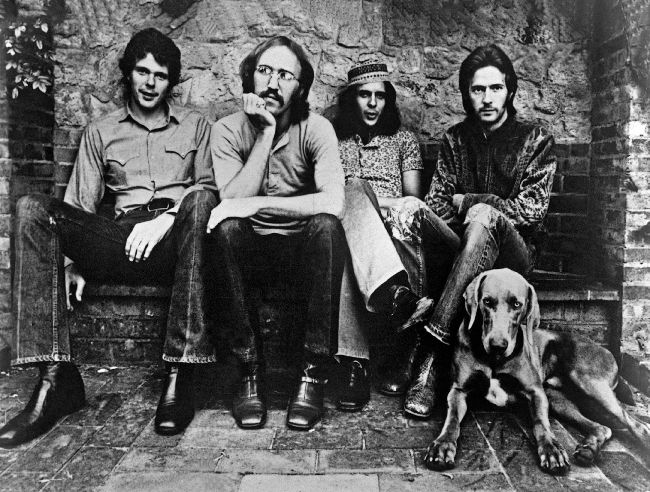
Derek & The Dominos (from left) Gordon, Carl Radle, Bobby Whitlock, Eric Clapton and his dog Jeep, 1970;
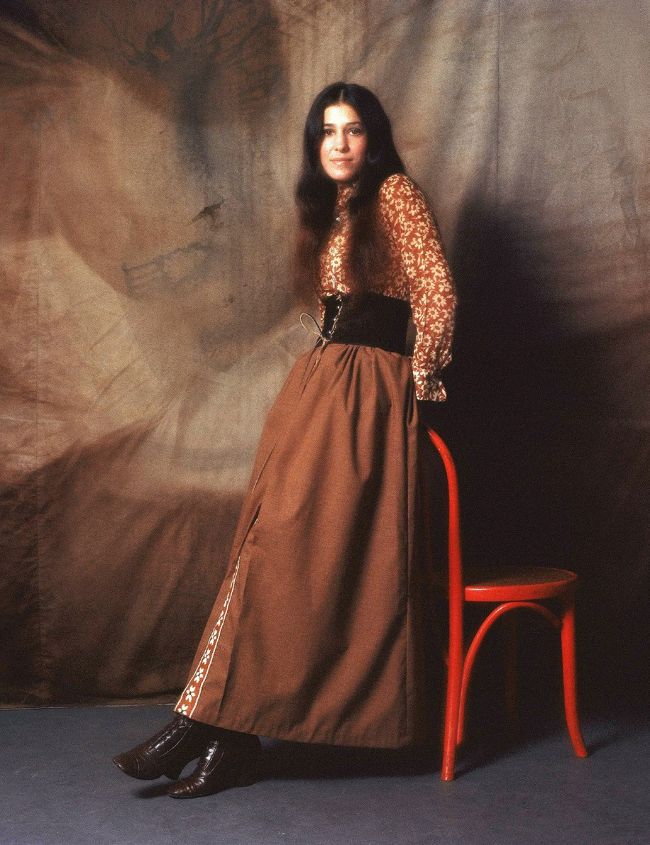
then-girlfriend Rita Coolidge, 1970;
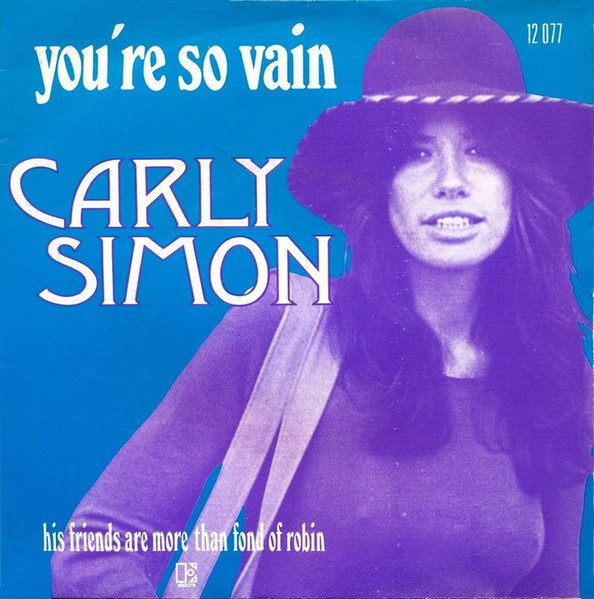
a selection of Gordon-powered hits (he also got a co-write credit for Layla).
Getty (3)
IN MID -1973, WHILE SESSION offers came thick and fast, insects were coming out from under the floorboards in Jim Gordon’s life. He grew consumed with fear and insecurities. Voices in his head that had been mur murs in the background were growing louder, moving to the foreground. He heard them when he was cold sober. He didn’t understand where they came from, but he heard them. At first, they were helpful, advising him on how to take care of himself and his house. They would let him know when he was right and when he was wrong. He thought it strange, but he heard the voices all the time. They told him he was an important person in the universe, that his birth had been special and that he had responsibilities to God and countr y. They told him he must make sacrifices. It was a chor us of voices. The leader was an old man with a flowing white beard. There was a young blonde woman and a dark Greek. There was also his brother, his aunt and, mostly, his mother, Osa. It was his mother who commanded him to cut his eating in half.